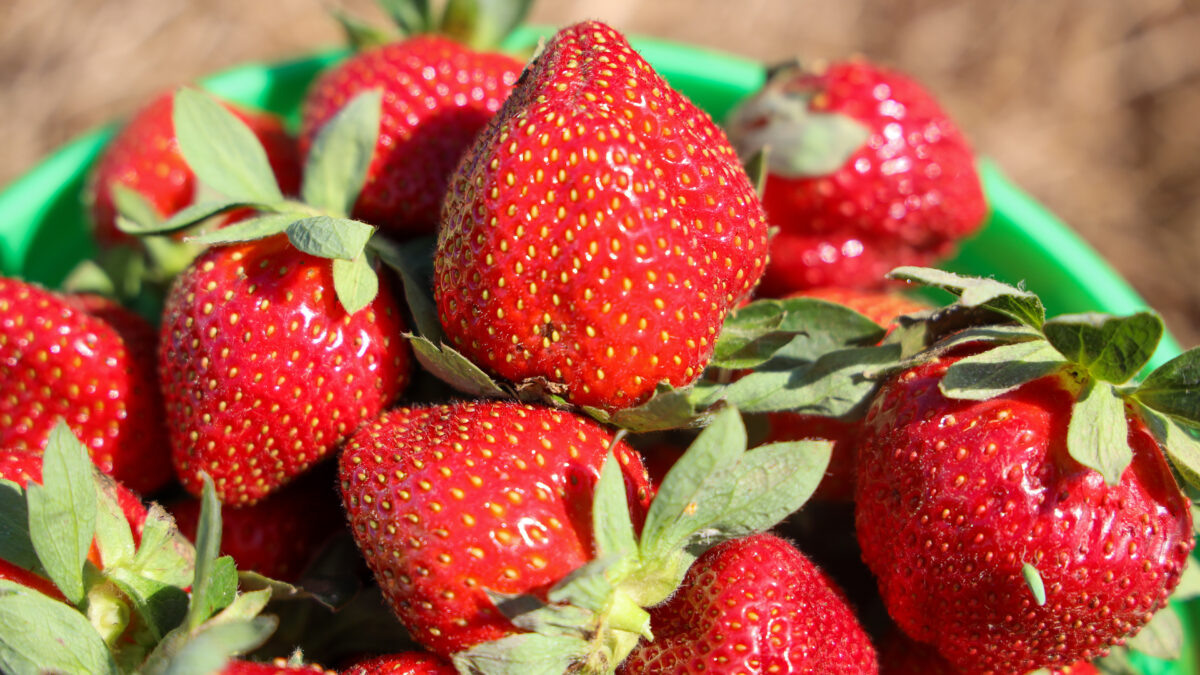Mythbusting GMOs
Guest Author
Special Contributor to FB.org

photo credit: Alabama Farmers Federation, Used with Permission
Guest Author
Special Contributor to FB.org
The population is growing and many ask how it will be possible to feed 9 billion to 10 billion people by 2050. Owen Paterson, member of the British Parliament and former Secretary of State for Environment, Food and Rural Affairs of the U.K., is posing a different question, however: "How do we feed them well?"
Addressing the Annual South African Agricultural Biotechnology Industry ISAAA Media Conference last month, Paterson advocated for the use of biotechnology in Africa prior to dispelling four popular GMO myths.
He began by saying, "South Africa is the leader on this continent, with 2.7 million biotech hectares planted. But other nations are catching up. In Burkina Faso, 70 percent of all cotton in the country is now insect-resistant Bt cotton, a GMO… and field trials are underway in Cameroon, Egypt, Ghana, Kenya, Malawi, Nigeria and Uganda on a broad range of new crops, from biotech bananas to maize to cowpeas."
Paterson then tackled the first of four myths head on, correcting the idea that farmers are tricked by big, profit-hungry, biotech companies into needlessly paying more for GM seeds over traditional, non-biotech seeds. Instead, findings show that biotech crops have "increased crop yield overall by 22 percent, increased farmer profits by 68 percent and reduced chemical pesticide use by 37 percent."
The second myth asserts that the only way to actually help the environment is to abandon modern agriculture technology and embrace purely organic farming. Paterson refutes this idea saying that all of modern agriculture, including GMOs, nitrogen fertilizer and modern pesticides, has "probably done more to save natural habitats, support biodiversity and save endangered species than all the other environmental, NGO [non-governmental organization] and U.N. conservation activities put together."
He continued dispelling the myth by referencing glyphosate, which NGOs "so love to criticize." While glyphosates are indeed bad for weeds, the toxicity to animals is less than vinegar to humans – "something to think about next time you dress your salad."
Continuing along those lines, the third myth questions how safe it really is for humans to eat GM products. Unfortunately, anti-GMO campaigners continue to question the safety of eating genetically modified foods despite "the universal opinion of every independent scientific institution globally that GMOs are as safe as any other food."
Everyone values safe food – farmers and consumers alike. But many believe that biotech crops only benefit farmers and offer no consumer benefits. Paterson corrected this fourth myth by looking at the environmental, economic and nutritional benefits GM crops offer. Biotechnology increases protection of wild lands by focusing on sustainability and offers less expensive foods to consumers, but it also plays a large role in finding cures and preventing many ailments that developing nations still encounter. Paterson also outlined the public health benefits of developing more affordable, nutrient-rich foods like golden rice.
Golden rice is enhanced with vitamin A producing beta-carotene and was created for the purpose of fighting vitamin A deficiency. The inventors donated the technology for use in the public sector in developing countries to benefit the poor worldwide. "Vitamin A deficiency is the principal cause of childhood blindness globally, affecting 500,000 children annually of which half die within a year or two," Paterson noted.
So "how do we feed the growing population well?" Thanks to tools like biotechnology, farmers and ranchers are leading the way in not just answering that question but in stepping up to get the job done.
Jessica Wharton is a communications assistant at the American Farm Bureau Federation.
Trending Topics
VIEW ALL